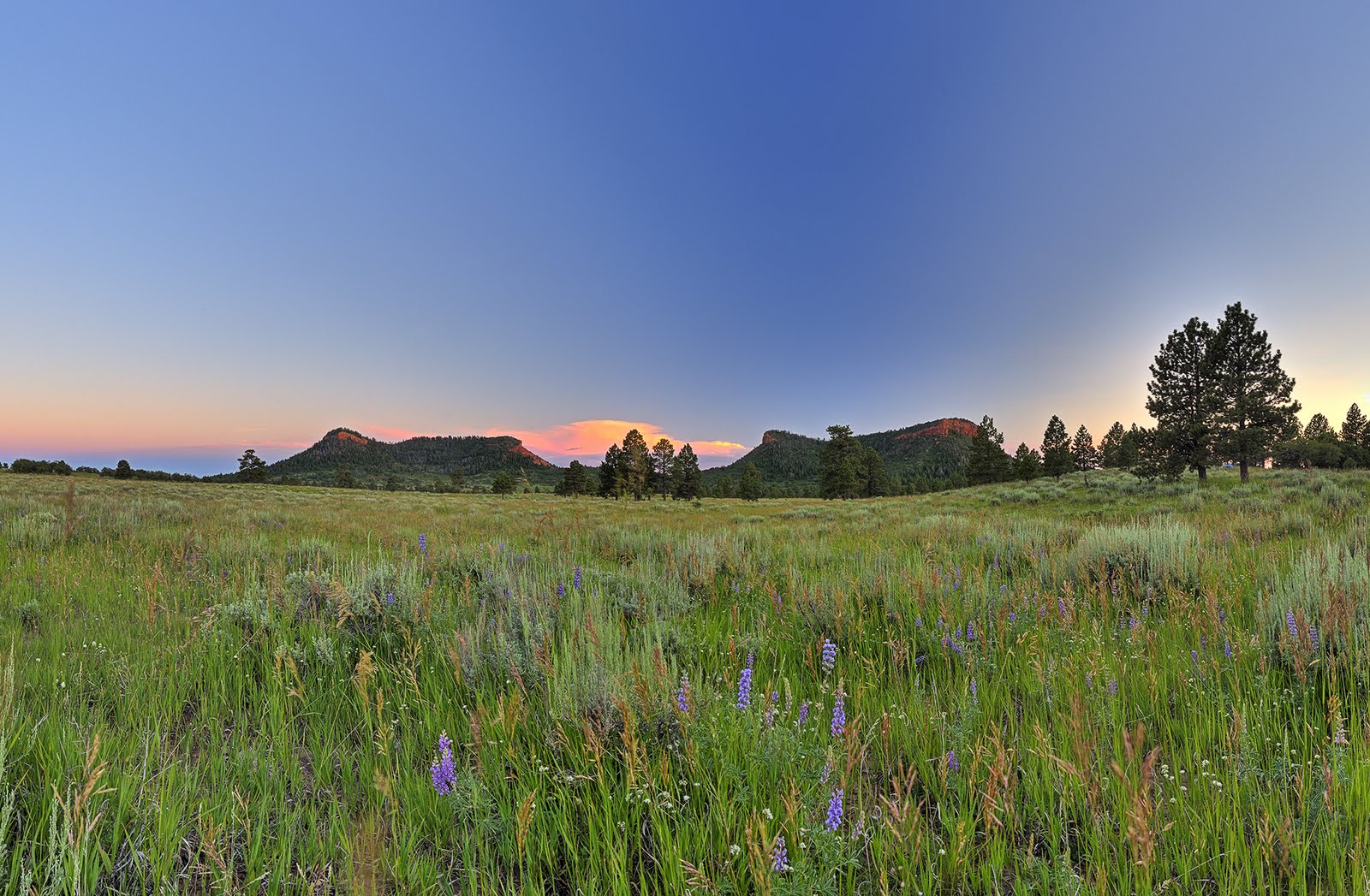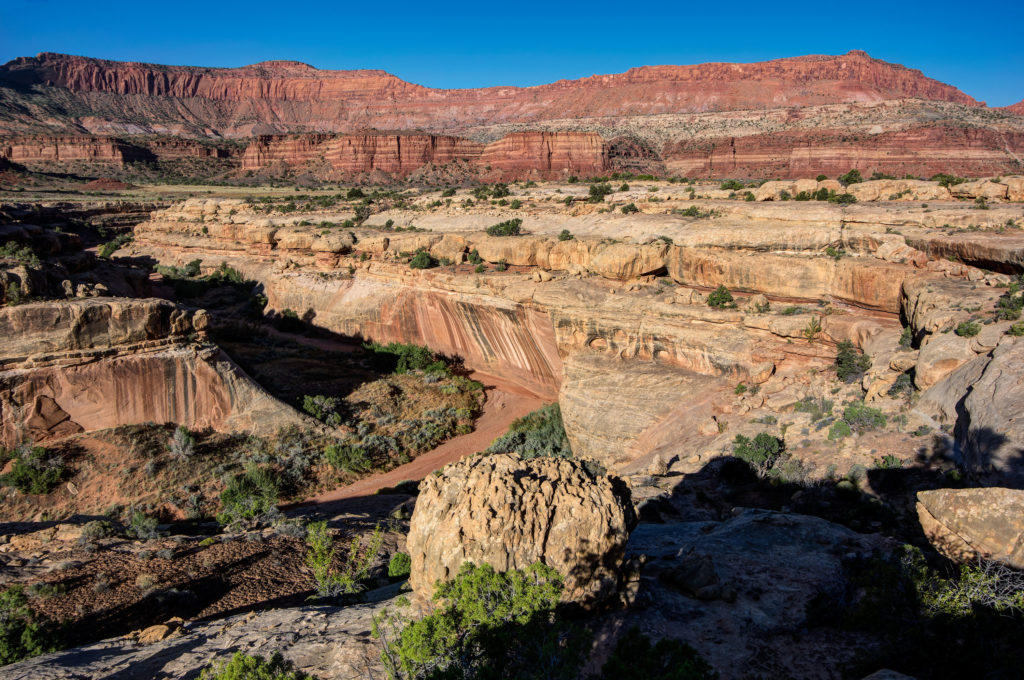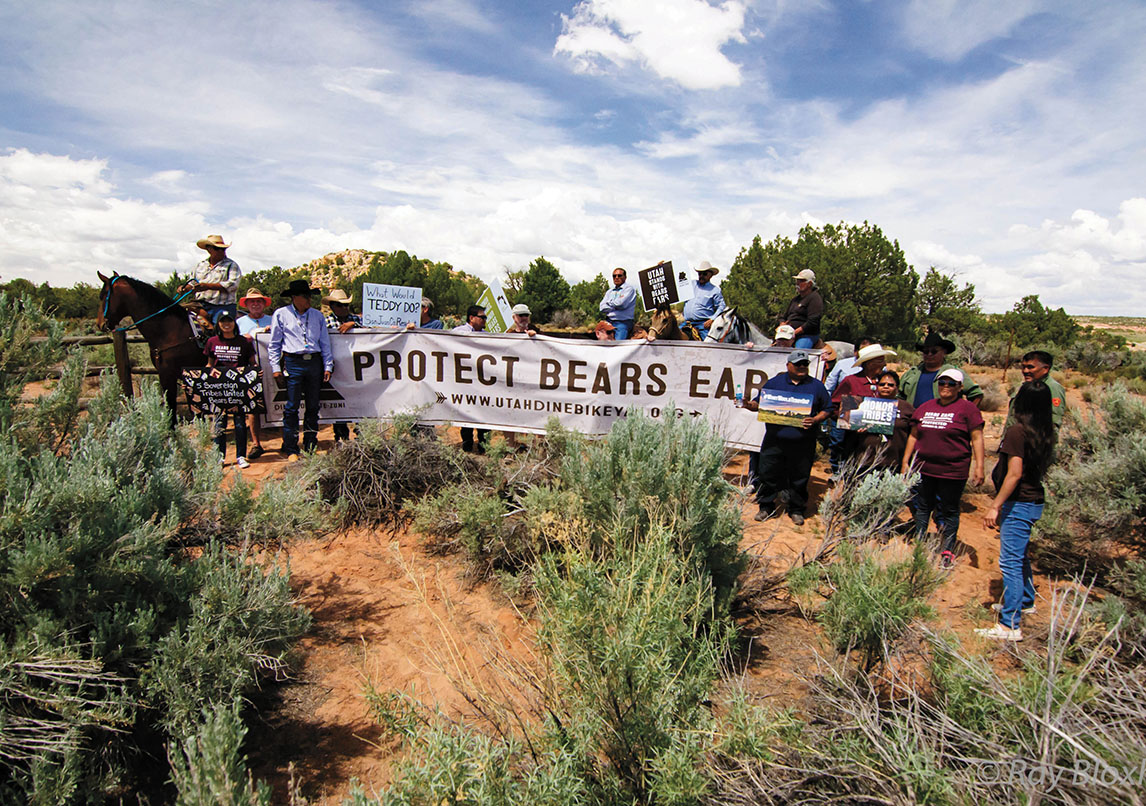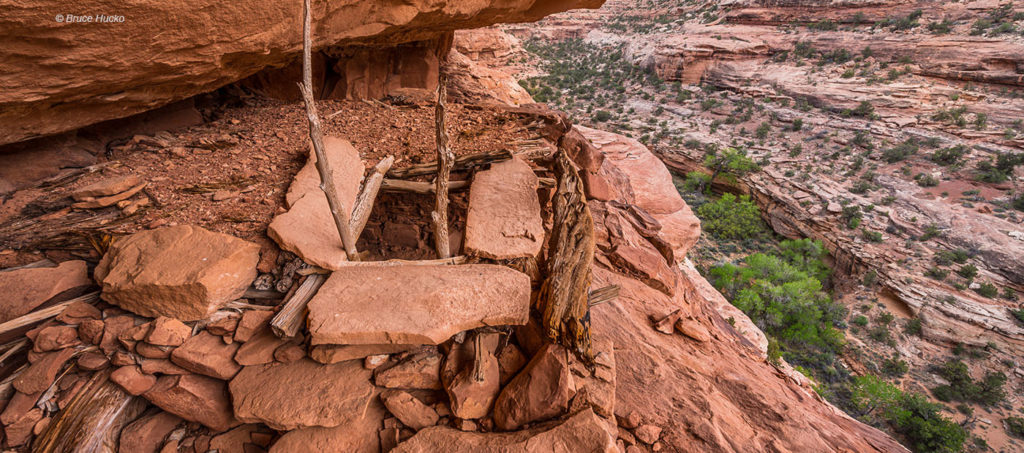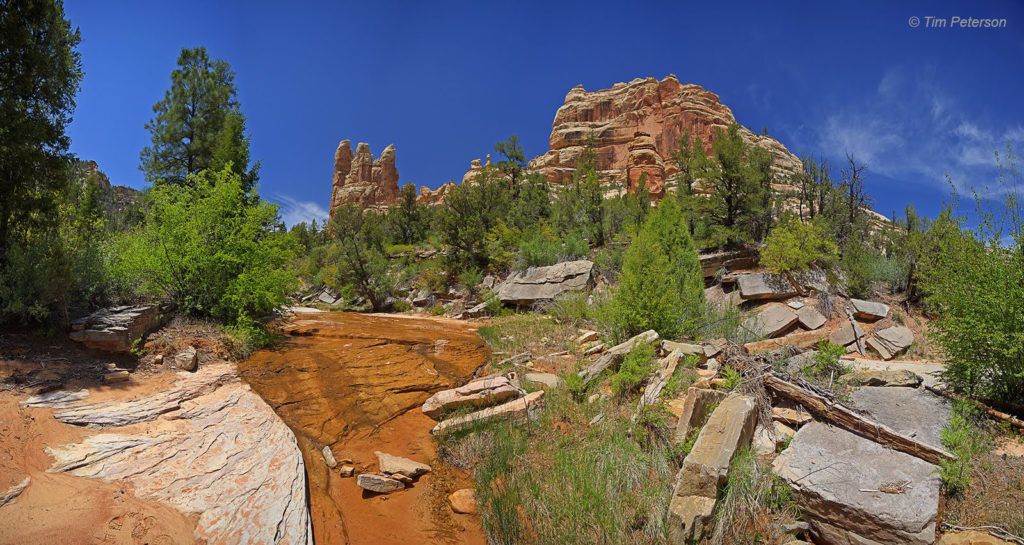The First Truly Native American National Monument
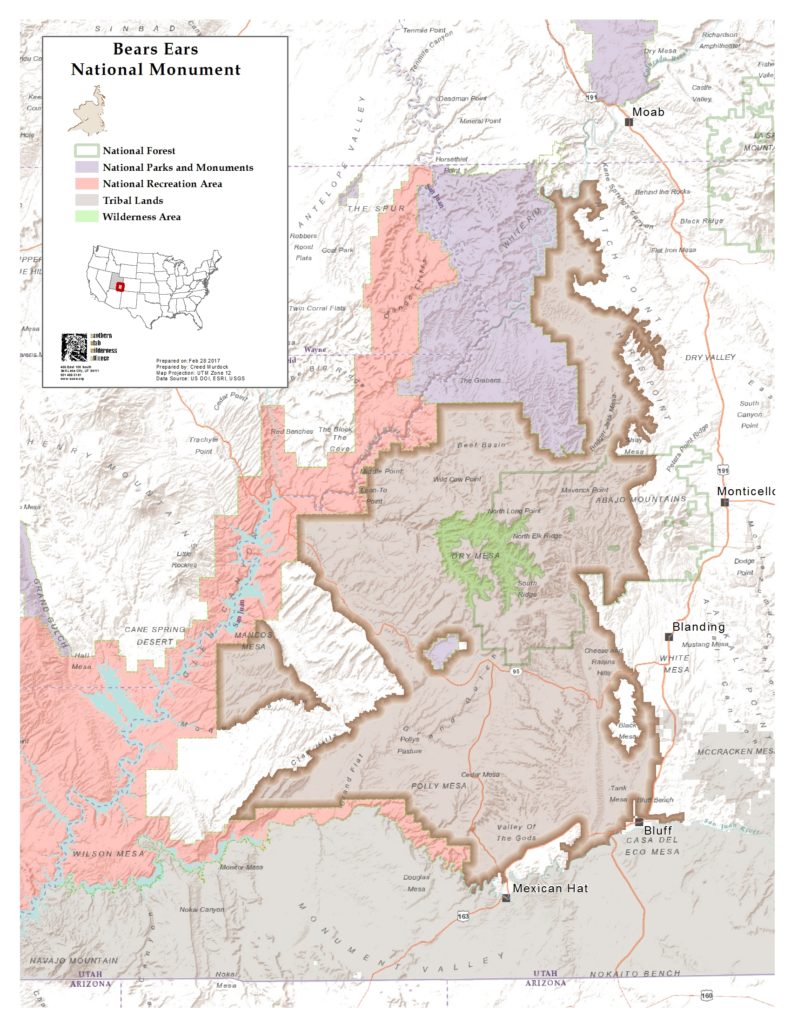
Bears Ears National Monument is a region of extraordinary natural diversity and cultural significance. There is, of course, Cedar Mesa, with its incredible canyons running toward the San Juan River. There is White Canyon to the west of Natural Bridges. There are the Bears Ears themselves, and the high ponderosa forests of Elk Ridge. To the north there’s Beef Basin and Indian Creek.
When President Obama used his authority under the Antiquities Act to designate Bears Ears National Monument on December 28th, 2016, he granted a new layer of protection to some of the most spectacular places in southern Utah. Equally important, the proclamation elevated the voices of the Native American tribes who have ancestral ties to the region.
The new monument withdrew Lockhart Basin, adjacent to Canyonlands National Park, from future energy leasing. Nearly 100,000 archaeological and cultural sites were covered by the proclamation, including House on Fire and Moon House ruins.
The original Bears Ears proposal was led by the Navajo, Hopi, Zuni, Ute Mountain Ute, and Ute Indian Tribes. When President Obama established the monument in 2016, these Tribes would have a greater say in the management of these culturally important lands for the first time in American history. As part of the collaborative planning process, the five Tribes of the Bears Ears Commission developed A Collaborative Land Management Plan for the Bears Ears National Monument, which “synthesizes Tribal perspectives for the management of the Bears Ears living landscape.”
Repeal and Restoration
In December of 2017, one year after its establishment, President Trump ignored millions of public comments and repealed Bears Ears National Monument, replacing it with two much smaller, non-contiguous units totaling less than 230,000 acres (an 83% reduction). The unprecedented act left rare archaeological sites and stunning wildlands without protection from looting, prospecting, oil and gas drilling, uranium mining, or off-road vehicle damage.
Thankfully, on October 8th, 2021, President Biden signed a proclamation restoring Bears Ears National Monument to its full, original boundaries—plus the additional 12,000 acres previously added to the Trump-era Indian Creek unit.
Bears Ears Gallery
